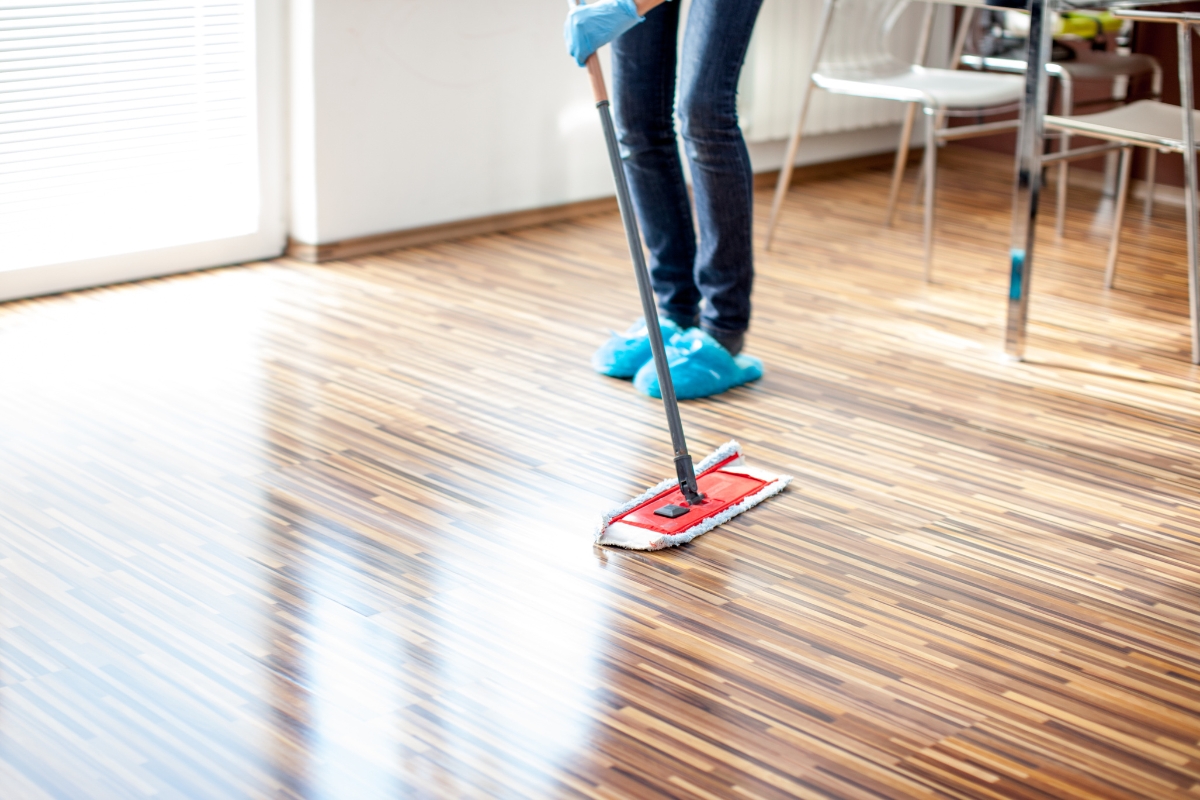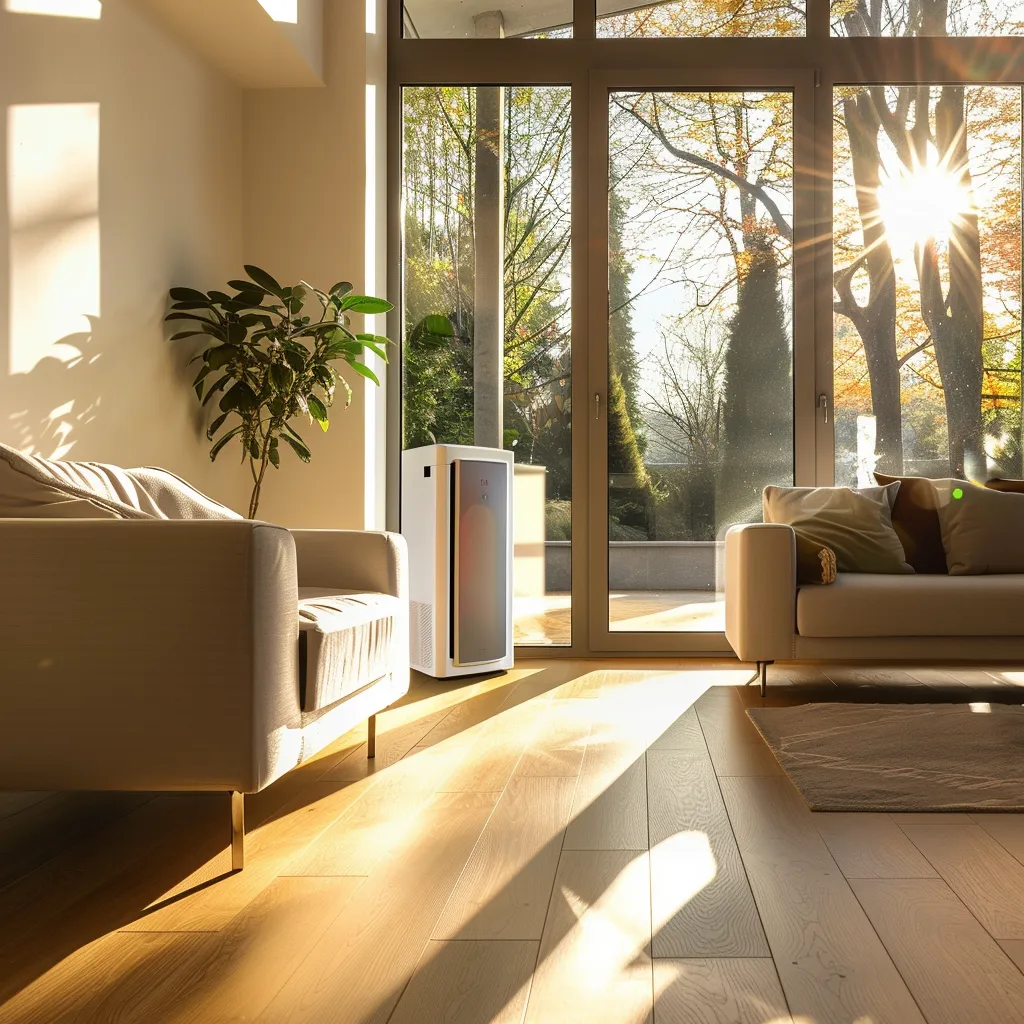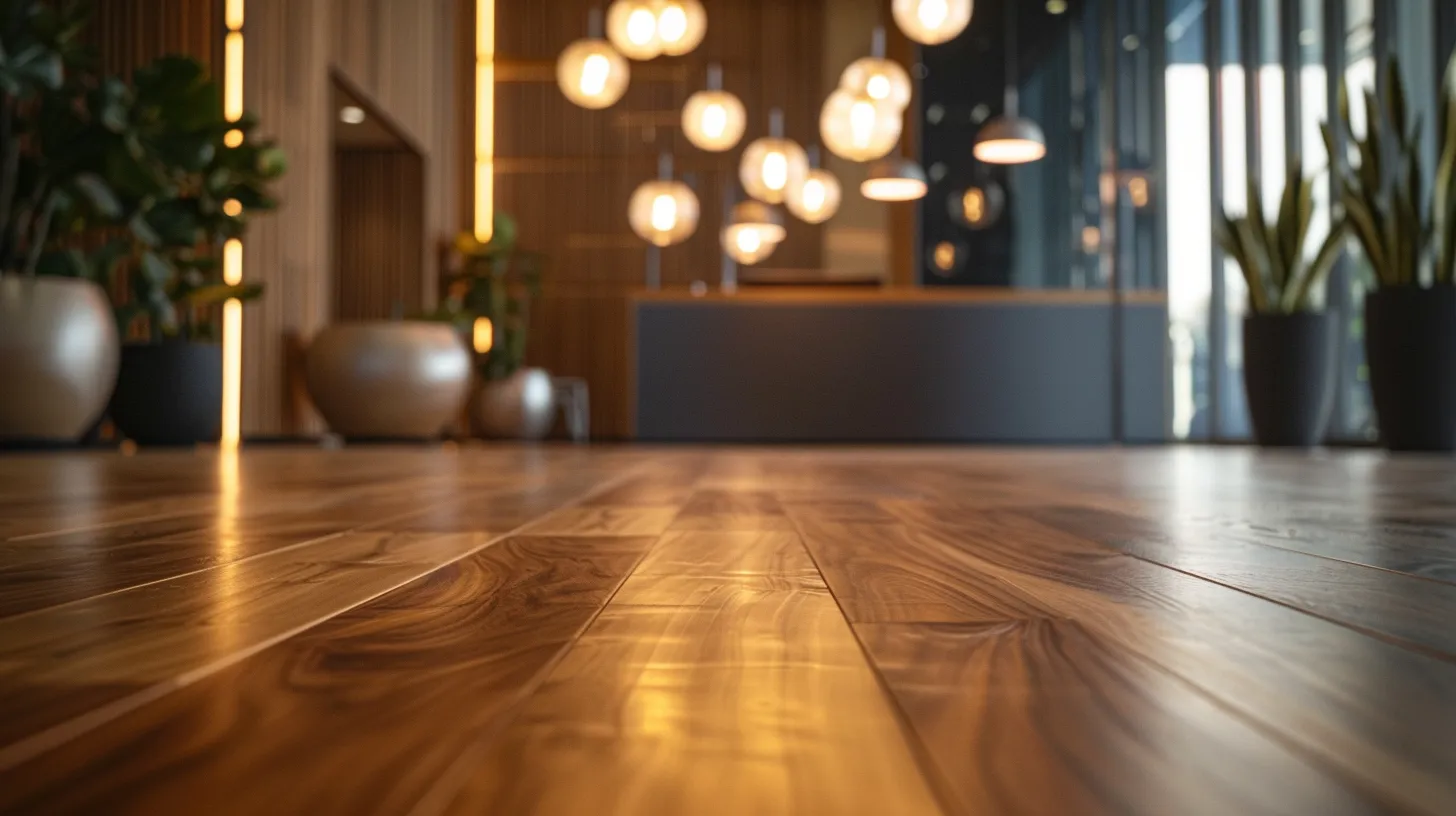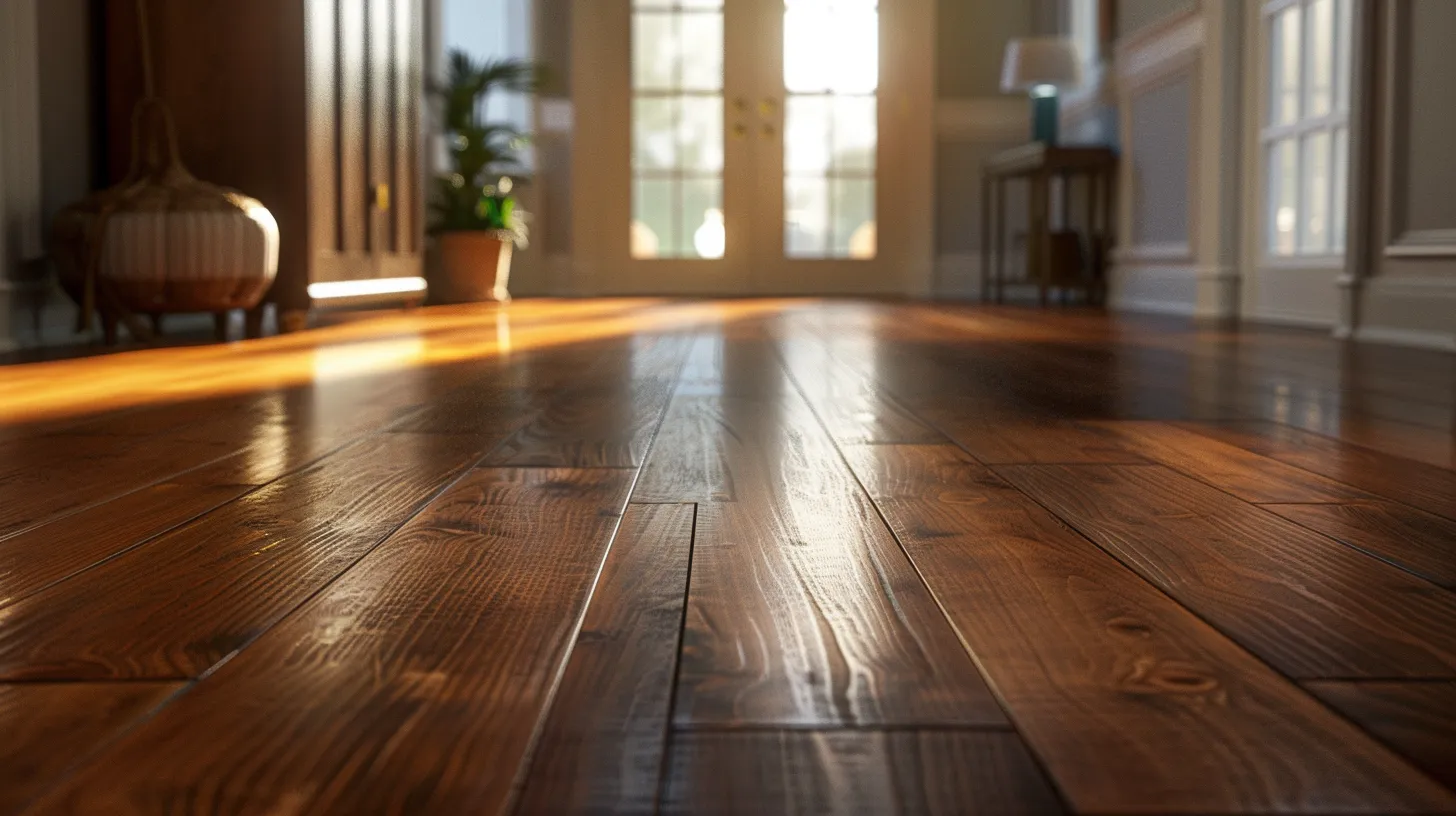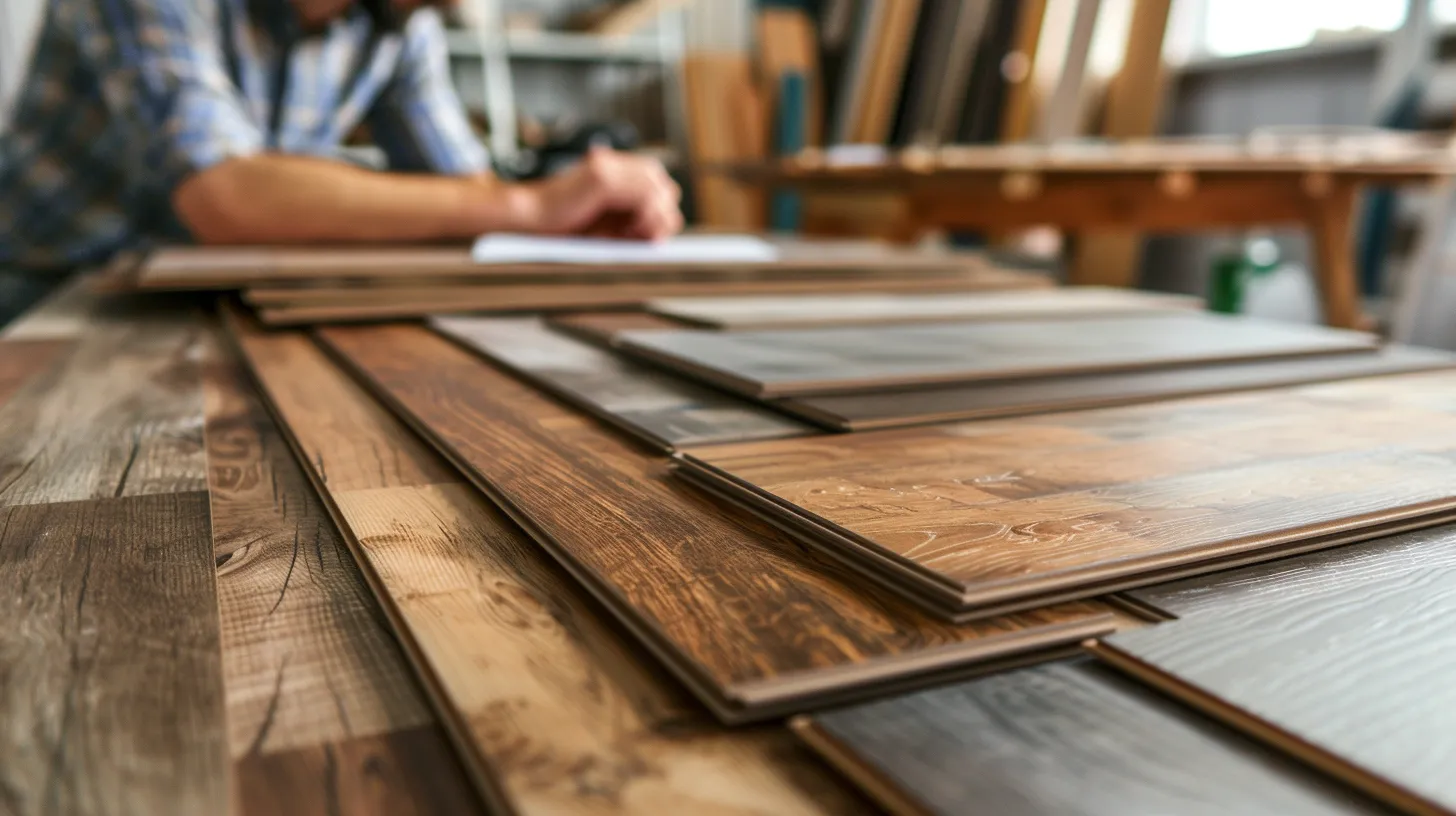Keeping your floors in pristine condition is essential for maintaining the beauty and longevity of your home’s interior. Whether you have hardwood, tile, carpet, or laminate, each flooring type requires specific care to prevent damage and ensure it stays looking its best.
In this guide, we’ll share expert tips on ultimate floor maintenance to help you protect your investment and enjoy spotless, well-maintained floors year-round.
From routine cleaning and seasonal care to tackling stubborn stains and preventing wear and tear, discover how to keep every type of floor in your home looking flawless. Whether you’re a new homeowner or simply looking to enhance your home care routine, these professional tips will ensure your floors remain a point of pride in your home.
Say Goodbye to Dull Floors with These Floor Maintenance Hacks
Choosing the Right Cleaning Products for Your Hardwood Floors
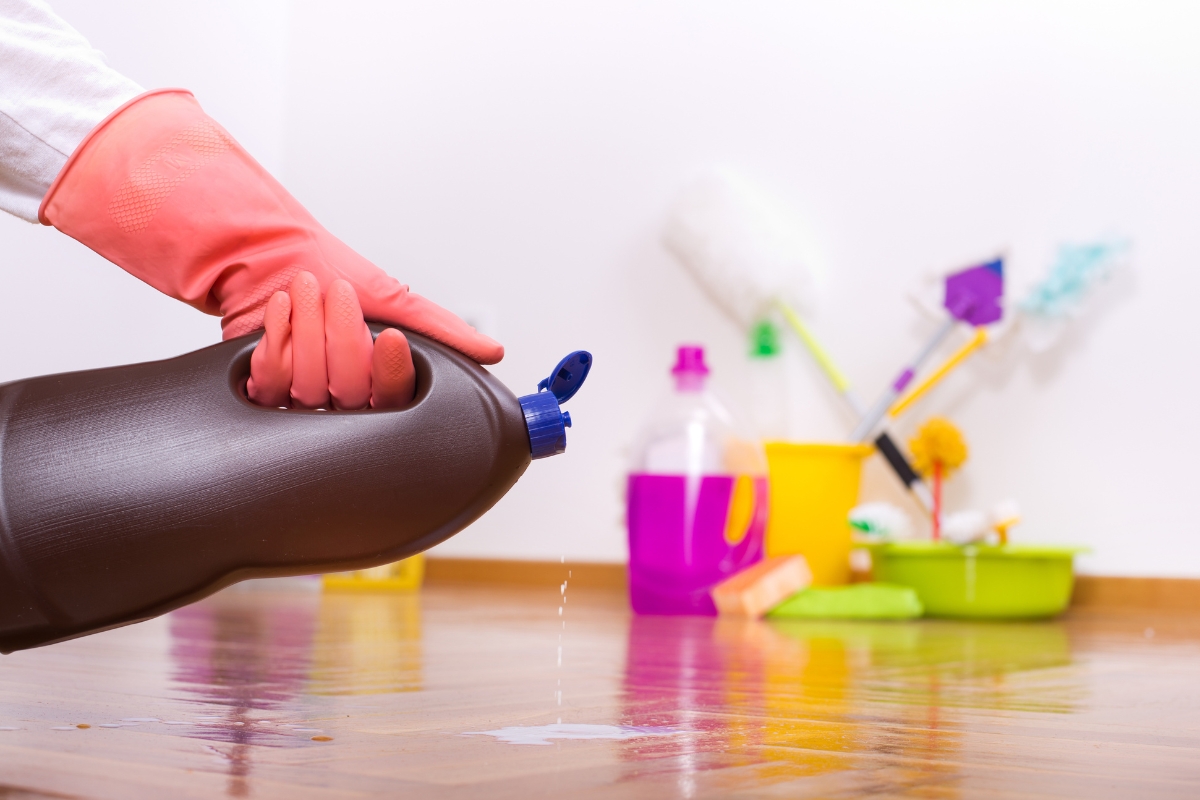
When it comes to floor maintenance, choosing the right cleaning products is crucial, especially for hardwood floor maintenance. Harsh chemicals can damage the finish and leave unsightly marks. To ensure the longevity and beauty of your hardwood floors, opt for gentle yet effective cleaning solutions.
One of the best options is a pH-neutral cleaner specifically designed for hardwood floors. These cleaners are formulated to remove dirt and grime without stripping away the protective sealant. Look for products that are free from harsh chemicals like ammonia or bleach.
In addition to pH-neutral cleaners, microfiber mops or soft-bristle brooms are ideal tools for cleaning hardwood floors. They effectively trap dust and dirt without scratching the surface. Avoid using traditional brooms with stiff bristles as they can cause scratches.
For stubborn stains or spills, it’s important to address them promptly. Use a damp cloth or mop to gently blot the affected area, being careful not to rub vigorously as this can worsen the stain or damage the wood. If necessary, you can use a specialized hardwood floor cleaner recommended by your flooring manufacturer.
Maintaining the Luster of Luxurious Tiles: Essential Tips
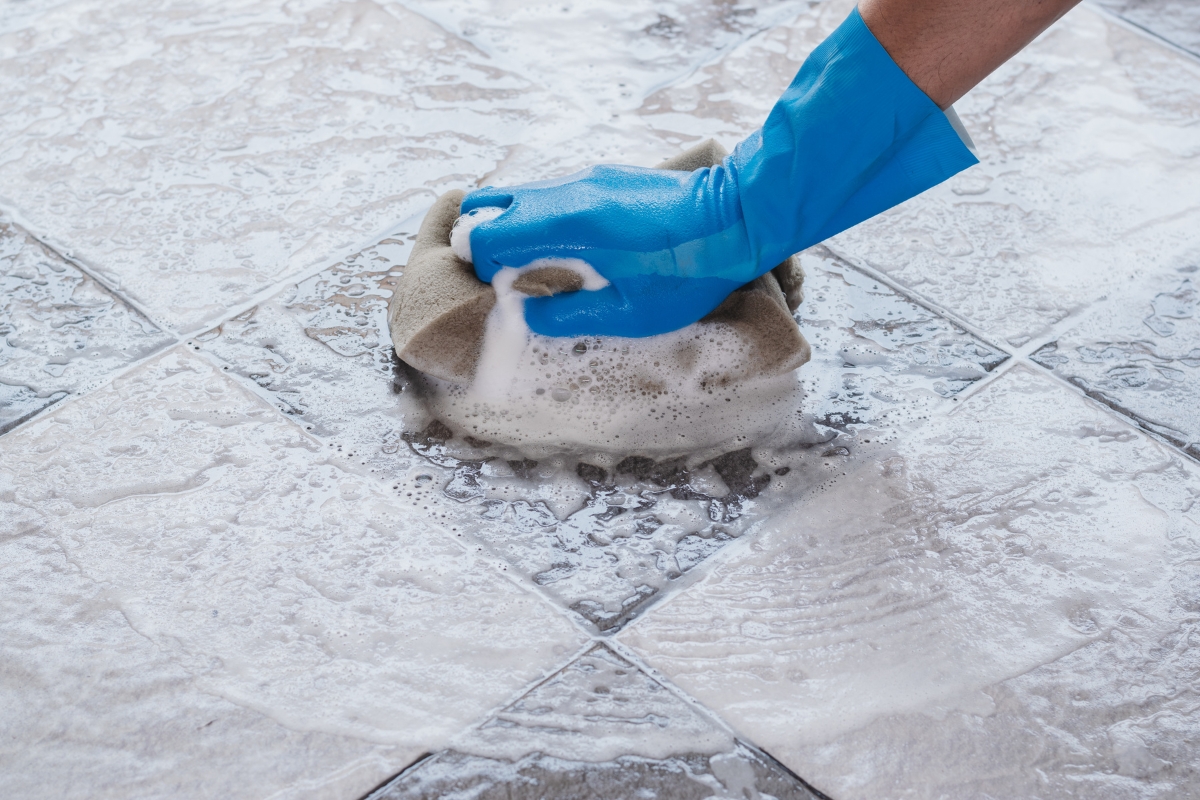
Tiles bring elegance and style to any space, but preserving their pristine appearance requires regular care. Here are some essential tips for keeping your luxurious tiles looking their best:
- Regular Sweeping: Dust, dirt, and debris can settle on tiles and cause them to lose their shine. Make it a habit to sweep or vacuum tiles at least a few times a week. This prevents the buildup of particles that can dull the surface or scratch the tiles over time.
- Mopping with Mild Detergent: Use a mild detergent or tile-specific cleaner mixed with warm water to mop your floors. Steer clear of acidic or abrasive cleaners, as they can etch or damage the surface, especially on natural stone tiles like marble or travertine. After mopping, rinse the tiles with clean water to remove any residue.
- Grout Cleaning: Dirty grout can detract from the beauty of your tiles. To maintain clean grout, use a grout cleaner or create a paste with baking soda and water. Gently scrub the grout with a soft brush and rinse thoroughly. For stubborn stains, hydrogen peroxide can also be effective.
- Sealing the Tiles: If your tiles are porous, such as stone or terracotta, sealing them periodically is key. Sealants protect the tile surface from staining, moisture, and dirt, while also making ongoing maintenance easier. Depending on the material, resealing may be needed every one to three years.
By following these steps, you can ensure that your luxurious tiles retain their luster and beauty for years to come. Regular care not only enhances the look but also prolongs the life of your tile surfaces.
Deep Cleaning Carpets Like a Pro: Insider Secrets Revealed
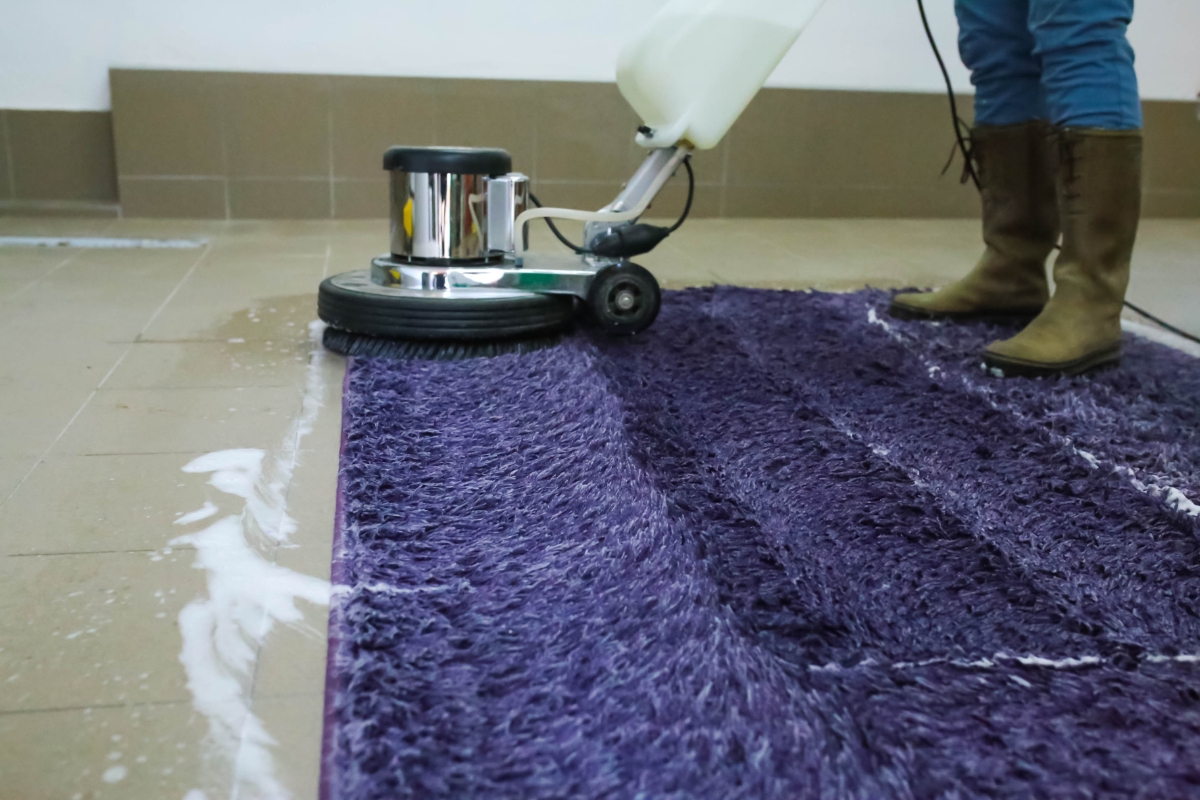
Carpets add warmth and comfort to any home, but to keep them looking fresh and free of allergens, regular deep cleaning is essential. Follow these insider tips to clean your carpets like a pro:
- Vacuuming Regularly: Frequent vacuuming is crucial to prevent dirt from becoming embedded in the carpet fibers. For best results, use a vacuum cleaner with strong suction and a rotating brush to lift dirt effectively. A HEPA filter is recommended for reducing allergens and improving indoor air quality, especially for those with allergies.
- Spot Cleaning Immediately: When spills or stains occur, immediate action is key. Blot the stain gently using a clean cloth, working from the edges toward the center to avoid spreading. Avoid scrubbing, as this can damage the fibers and push the stain deeper into the carpet.
- Steam Cleaning for Deep Clean: Steam cleaning, also known as hot water extraction, penetrates deep into carpet fibers to remove embedded dirt, dust mites, and bacteria. The steam helps to loosen debris, while the suction removes it, leaving carpets clean and refreshed. You can rent a steam cleaner for DIY cleaning, but professional services are recommended for larger areas or tough stains.
- Professional Cleaning: To maintain the life and appearance of your carpets, schedule professional cleaning every 12 to 18 months. Professionals use specialized equipment and solutions to deep clean, revitalize fibers, and remove contaminants that regular vacuuming may miss. This not only extends the life of your carpets but also helps keep your home environment healthier.
By incorporating these steps into your cleaning routine, you’ll keep your carpets looking fresh and prolong their lifespan. Regular care and professional deep cleaning are key to maintaining clean and allergen-free carpets.
The Art of Sweeping and Mopping: Dos and Don’ts
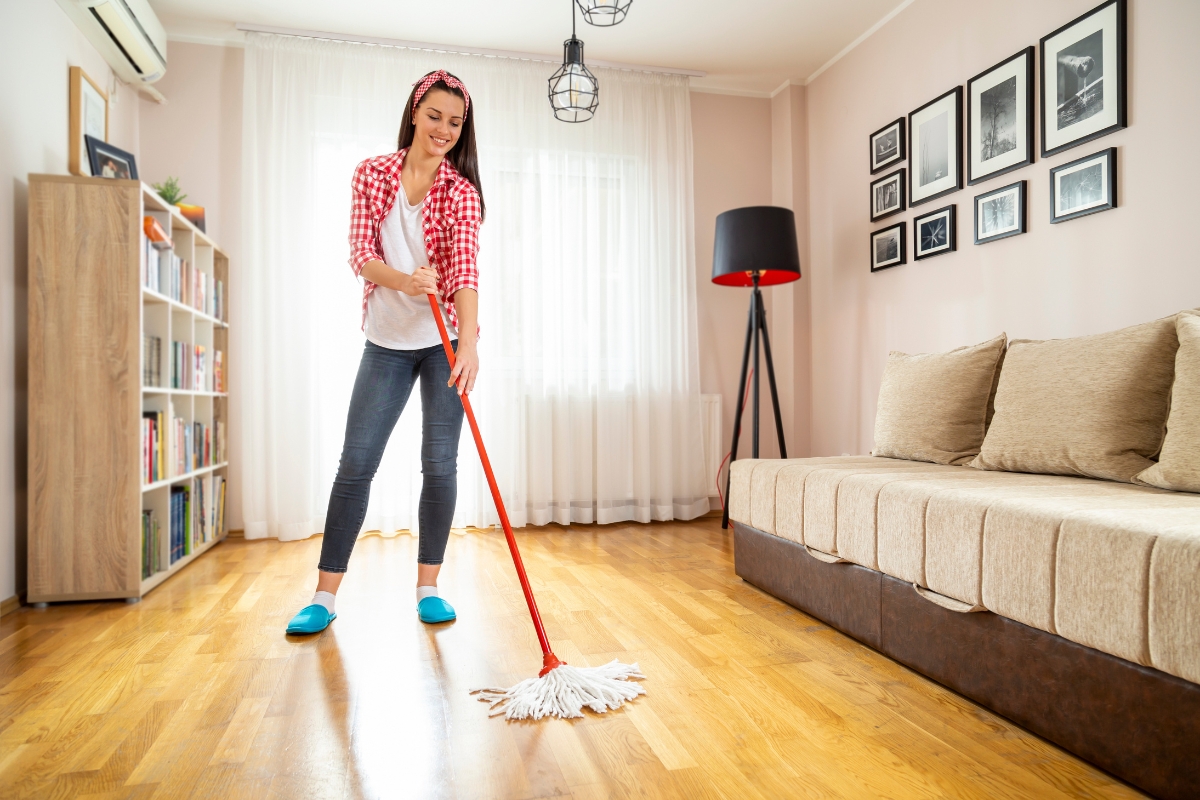
While sweeping and mopping may seem like straightforward tasks, following the right techniques can significantly impact the cleanliness and longevity of your floors. Here are some essential dos and don’ts to ensure you’re cleaning effectively and safely:
1. Dos for Sweeping:
- Use a broom with soft bristles to prevent scratching delicate floor surfaces like wood or laminate.
- Sweep in long, smooth strokes, moving dirt and debris toward a central point or dustpan.
- Pay extra attention to corners, baseboards, and under furniture, where dust tends to accumulate.
2. Don’ts for Sweeping:
- Avoid using stiff-bristle brooms, as they can leave scratches on polished surfaces.
- Don’t skip the dustpan or vacuum step—leaving dirt behind can lead to spreading it around when you mop.
3. Dos for Mopping:
- Opt for a mop with a microfiber or sponge head, which is gentle on floors and effective at picking up dirt.
- Use a floor-appropriate cleaning solution and dampen the mop, ensuring it’s not overly wet.
- Mop in small sections, rinsing the mop frequently to avoid dragging dirt across the floor.
4. Don’ts for Mopping:
- Avoid soaking the mop with too much water, especially on wood or laminate floors, as excessive moisture can warp or damage them.
- Steer clear of using harsh chemicals that can erode protective sealants or dull the floor’s finish.
By mastering these sweeping and mopping techniques, you’ll ensure that your floors remain clean, polished, and protected for years to come.
Preventive Measures: Shielding Your Floors from Wear and Tear
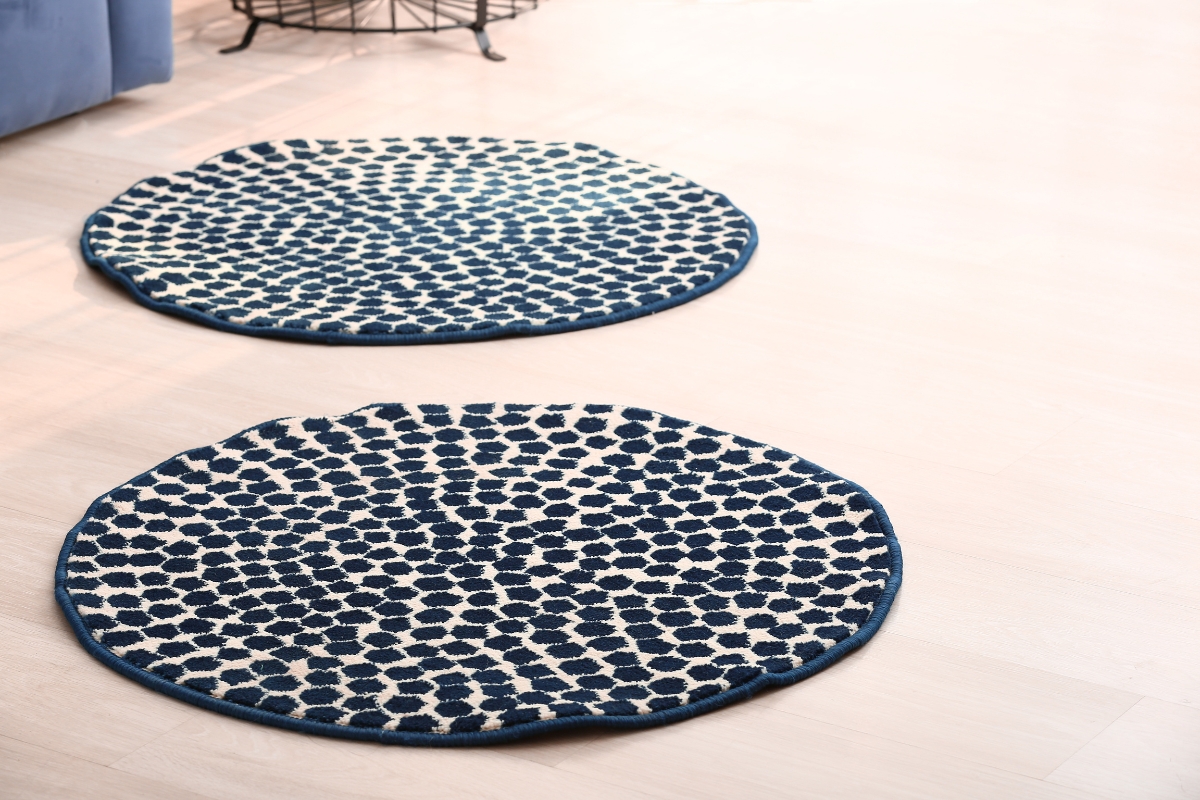
Protecting your floors from daily wear and tear is key to preserving their appearance and extending their lifespan. Here are some preventive tips to keep your floors looking pristine:
- Use Doormats: Placing doormats and floor protectors at all entry points helps trap dirt, sand, and moisture before they reach your floors. For maximum protection, consider using both indoor and outdoor mats. This simple step can prevent abrasive particles from being tracked in, which can scratch or dull surfaces over time.
- Furniture Pads: Attaching felt or rubber pads to the bottom of furniture legs is an effective way to prevent scratches, dents, and scuffs, especially when moving furniture. Check the pads regularly, and replace them when they wear down to maintain their effectiveness.
- Area Rugs: In high-traffic areas like hallways and entryways, or under heavy furniture, area rugs can provide an added layer of protection. Choose rugs that complement your décor while safeguarding your floors from scratches, stains, and wear.
- Regular Maintenance: Consistent care, such as sweeping, mopping, and vacuuming, is essential to avoid the buildup of dirt and debris that can cause gradual damage. Regularly cleaning your floors will also help maintain their finish and reduce the risk of permanent staining or scratches.
By taking these preventive measures, you can significantly reduce wear and tear, keeping your floors looking beautiful for years to come.
Special Treatments for Stubborn Stains: Tricks of the Trade
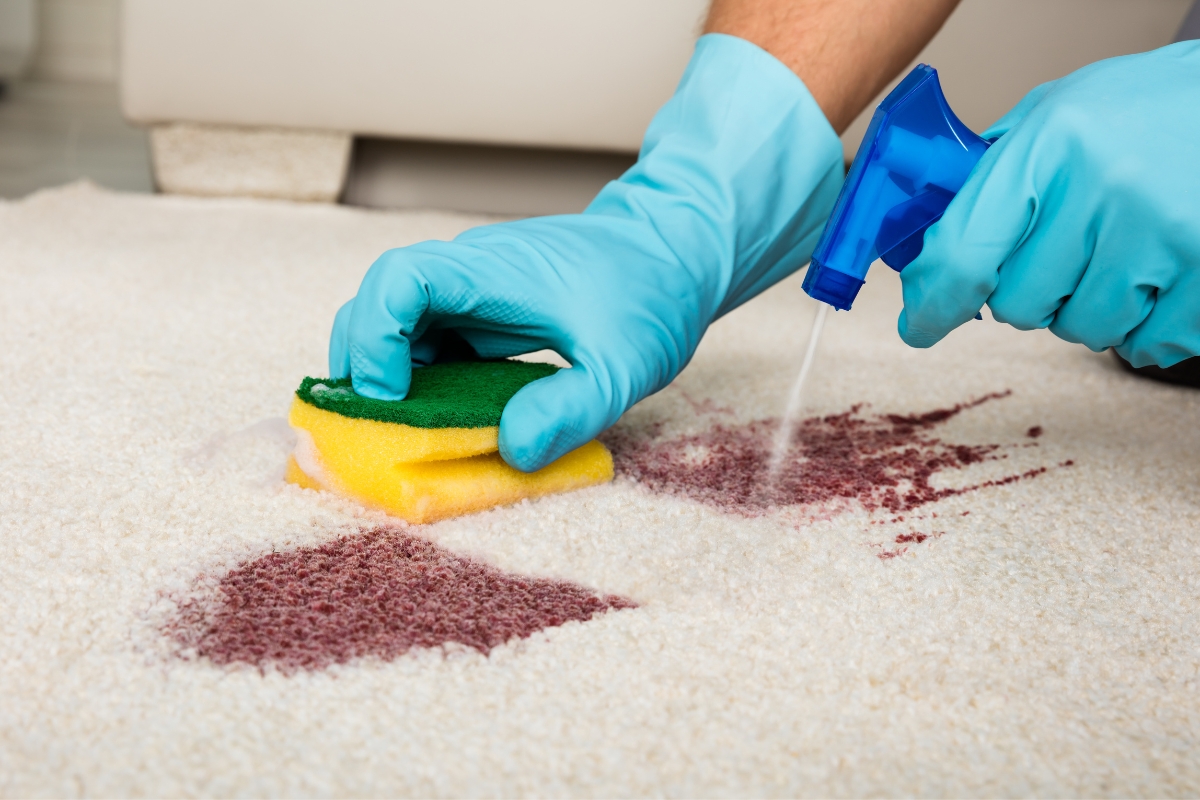
Stubborn stains can be a challenge, but with the right techniques, they can be effectively removed without damaging your floors. Here are some expert tips for treating common tough stains:
- Wine or Juice Stains: Quickly blot the spill with a clean cloth or paper towel to absorb as much liquid as possible. Avoid rubbing as it can push the stain deeper into the surface. Create a mixture of warm water and mild dish soap, and gently scrub the area with a soft brush or sponge until the stain is lifted. If the stain persists, try a vinegar-water solution or a floor-specific cleaner for added power.
- Grease or Oil Stains: Sprinkle baking soda or cornstarch over the stain to absorb the excess oil. Let it sit for 15-20 minutes, then vacuum it up. Follow up by wiping the area with a cloth dampened with a gentle cleaner or warm soapy water to ensure the grease is fully removed.
- Ink Stains: Ink can be tricky, but rubbing alcohol is effective for lifting it. Dampen a soft cloth with rubbing alcohol and gently blot the stain. Be cautious to avoid spreading the ink; work from the outside in. Rinse the area afterward to remove any alcohol residue.
- Pet Stains: Quickly blot up any liquids to prevent the stain from setting. Use an enzymatic cleaner designed for pet stains, as it breaks down the bacteria that cause odor. These cleaners are effective not only at removing the stain but also at neutralizing lingering odors.
By following these tricks, you can keep your floors stain-free and looking their best, even when accidents happen. Regular spot treatments can help maintain the beauty and longevity of your flooring.
Seasonal Floor Care: Adapting to Changing Needs
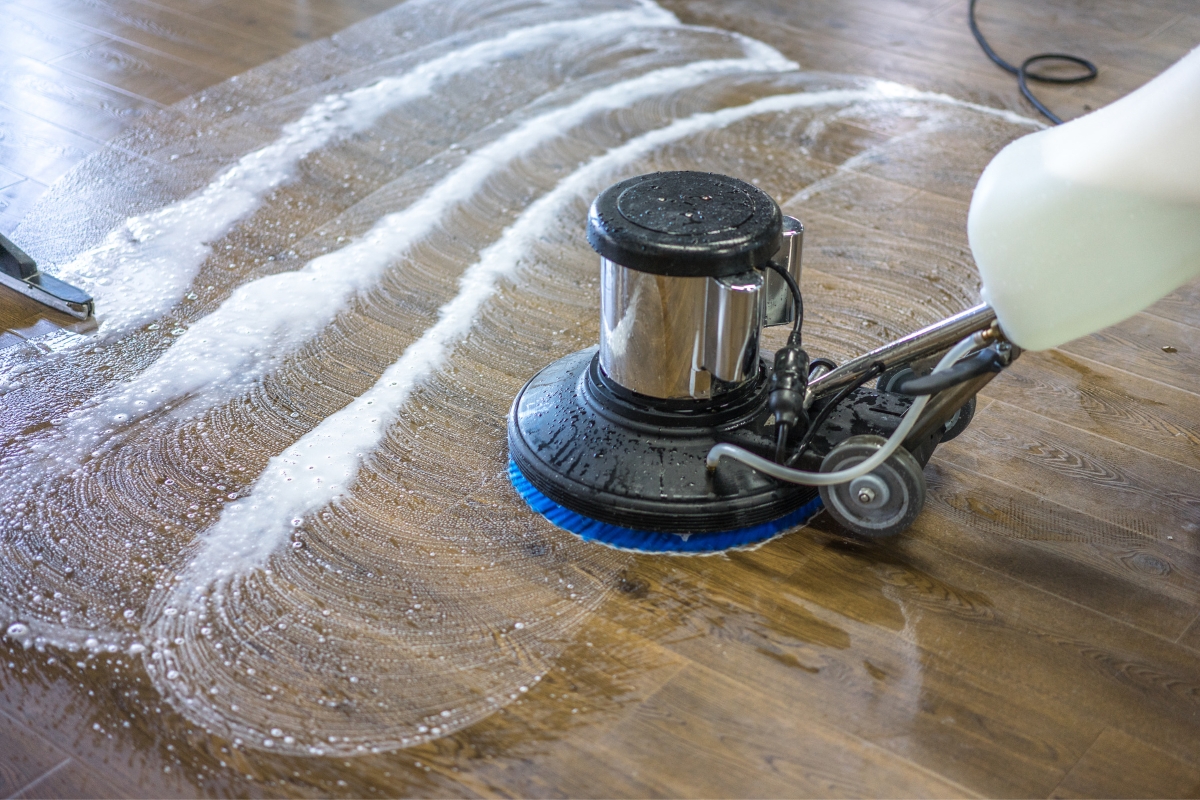
Floor care requirements change with the seasons, and adjusting your maintenance routine can help keep your floors in top condition year-round. Here are some essential tips for adapting to seasonal floor care needs:
- Winter: Snow, ice, and salt can wreak havoc on floors during the colder months. To protect your floors, place heavy-duty mats both outside and inside all entrances to prevent salt, ice melt, and moisture from being tracked indoors. Make sure to wipe up any water or slush promptly to avoid slipping hazards and water damage, especially on wood or laminate floors.
- Spring: Spring cleaning is an excellent opportunity to deep clean your floors after winter. This season is ideal for professional services like carpet shampooing or tile and grout cleaning to remove built-up dirt. Be sure to clean in hard-to-reach areas where grime may have accumulated over the colder months.
- Summer: Increased activity during summer can lead to more dirt and sand being brought indoors. Regular sweeping or vacuuming becomes essential to avoid scratches on hardwood or tile floors. Adding area rugs or runners in high-traffic zones can help protect vulnerable surfaces from wear and tear.
- Fall: Falling leaves and rain can bring dirt and moisture inside. Make sure to sweep or vacuum regularly to keep your floors free of debris. Placing extra doormats at entrances can trap leaves, dirt, and moisture before they reach your indoor floors, reducing the chances of damage.
By adapting your floor care routine to suit the seasons, you’ll ensure your floors stay clean, protected, and well-maintained throughout the year. Regular attention to changing conditions can help extend the life of your flooring, keeping it looking fresh and polished.
Creating Floor Care Schedules: Organization is Key
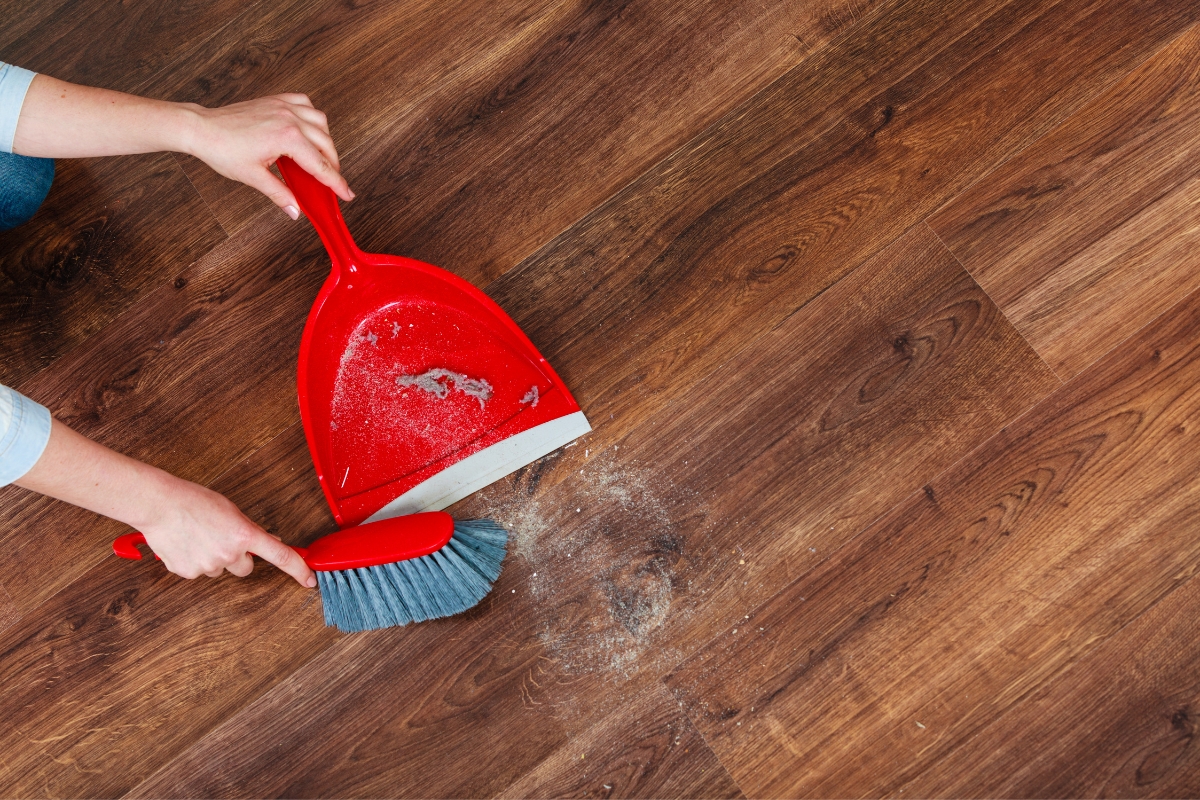
A well-structured floor cleaning and care schedule is essential for maintaining clean and beautiful floors. It helps ensure that every type of flooring in your home receives the attention it needs, preventing wear and tear over time. Here are some tips to effectively organize your floor care routine:
- Determine Frequency: Different flooring materials require different levels of care. For example, hardwood floors may need regular sweeping and occasional polishing, while carpets benefit from frequent vacuuming and annual deep cleaning. Assess the specific needs of each area to create a customized schedule.
- Set Reminders: Utilize digital tools such as calendar apps or reminders on your smartphone to prompt you when it’s time for routine tasks like sweeping, mopping, or scheduling professional cleanings. This ensures consistency and helps prevent dirt from accumulating.
- Delegate Tasks: If you’re sharing a home with family or roommates, divide floor care responsibilities to ease the workload. Assign specific tasks or areas to each person to keep the schedule manageable and efficient.
- Be Flexible: Circumstances change, and so should your schedule. During periods of high foot traffic, such as after a party or during renovation projects, increase the frequency of your cleaning. Similarly, adjust your routine seasonally based on weather conditions or holidays.
By creating and adhering to a flexible floor care schedule, you’ll maintain clean and well-kept floors with minimal stress, ensuring your home stays in top shape all year long.
Conclusion: Mastering the Art of Floor Maintenance
Remember, floor maintenance is not just about keeping surfaces clean—it’s about preserving their integrity and ensuring their longevity. By choosing the right cleaning products, following proper techniques, and implementing preventive measures, you can enjoy pristine floors that elevate the overall aesthetic of your home.
Trust the experts at Diaz Hardwood Floors to help you keep your flooring in top shape. For professional floor repair or installation, reach out to Diaz Hardwood Floors today at 404-791-0444 or get a free quote through our site form. Let us help you maintain the elegance and durability of your hardwood floors!

